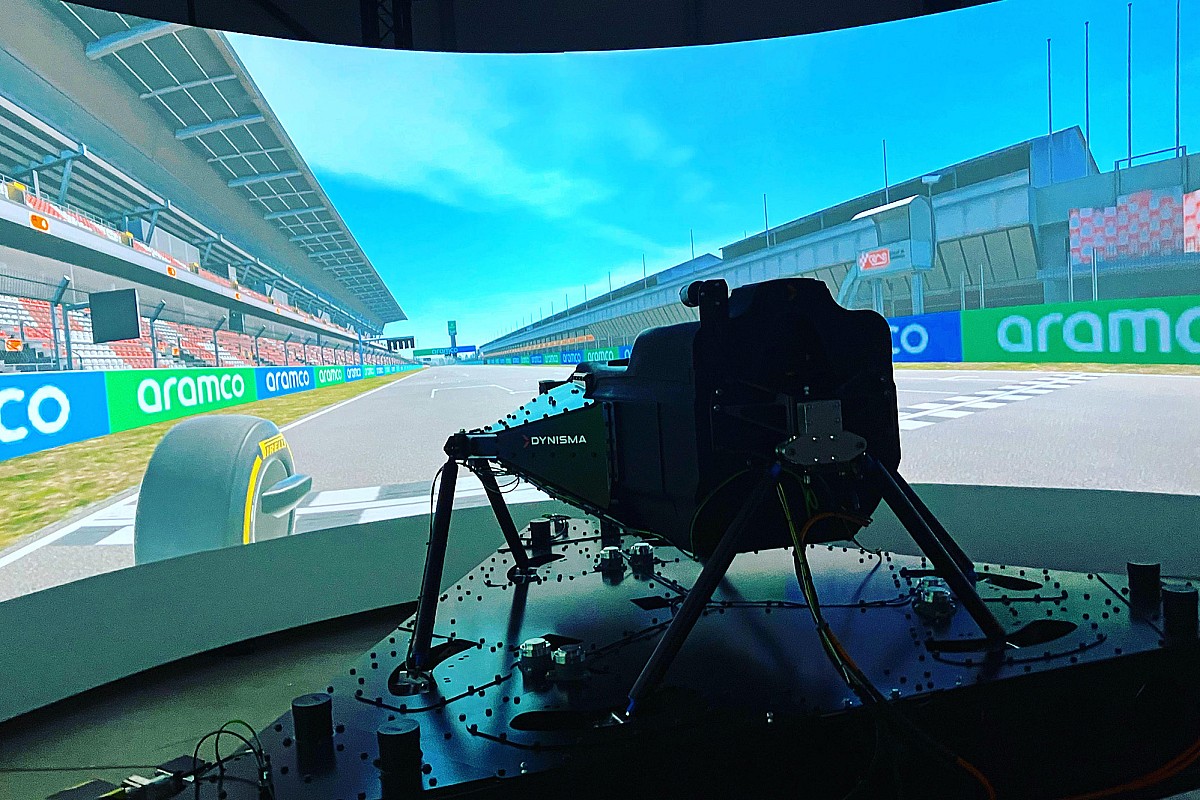Steering is better learnt in real life scenario only.
That's because each car requires a different amount of force for the steering wheel to be rotated say 90°.
For e.g.:
- Certain cars from Toyotas, Hyundai, Maruti, etc usually have lighter (electric) steering to make it easier for newcomers/city driving
- "Drivers' cars" usually have heavier steering weight which offers more feedback about the road at the cost of added effort to physically turn the wheel
- More expensive cars allow you to change presets to change the amount of electric steering assist you get, depending on the driving conditions.
At 100% Force Feedback Strength on the G29, it feels heavier than any car I have driven in real life. The reason more expensive direct drive wheels which can require even more force to turn exist is because simulation is not reality. In a real car:
- The wheel weight varies depending on speed and road conditions
- The car body rolls more the harder you turn
- If one of your wheel runs over a pebble, you "feel" and hear it
- You slide back/front in the seat when you accelerate/brake, and the car pitches accordingly
- Transferring weight towards the front will give you more grip on the front tyres and allow you to turn better. This is something everyone does at least subconsciously IRL: just lifting your foot off the throttle is enough for this.
Basically you are fed all this info and more in a real car. And except the FFB steering weight, everything else is missing in a simulator. Motion simulators can replicate only a fraction of the in car forces you would feel.
Are these sim steering wheels any useful for learning real-life driving?
It is good for learning good practises in a safe sandbox. But you don't really need a FFB for that. In fact I practised on a non-FFB wheel the evening before I had my DL test. It certainly helps.
Edit: Especially about getting used to manual gear shift, clutch, and brake controls.
A real car will give real feedback on the clutch's bite point and the non-linear nature of the brake pedal: you can feel when the clutch/brake is starting to bite. I would say it's easier to learn steering virtually, and shifting gears IRL. Remember, the game's clutch bite point may not match your actual car's, so some re-learning has to happen.
Driver ergonomics: car makers spend a lot of money on getting the position of seat, pedals and wheel to be comfortable for long hours. This is very hard to replicate at home without a simrig. You push on the G29's brake pedal and your chair will either roll/tilt back.
But once you've learnt the basics IRL, it becomes easier to improve and correct mistakes via sims. Where sims truly excel is in improving your reflexes. This is the main reason pro racers practise in sims: to maintain their state of prowess. You can find many accounts from simracers that narrowly avoided accidents IRL purely from the quicker reflexes that simracing helped develop.
TLDR: a real car will always feel better than the most expensive simracing stuff you can buy. It's not how the steering wheel alone feels: it's about what the entire car is doing and what your whole body feels. Taking hairpins IRL is actually easier since you can turn your head and look out the window to see the road ahead, whereas in game you need VR or headtracking. In this regard, simracing can actually be detrimental to learning IRL driving since it conditions you to looking straight out of the window instead of looking around and checking your blindspots before turning.




